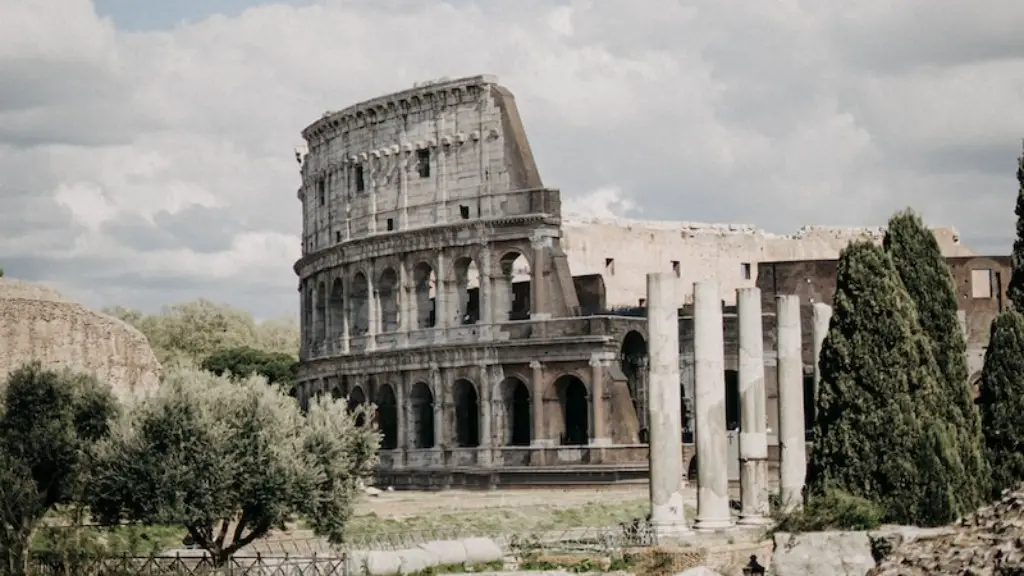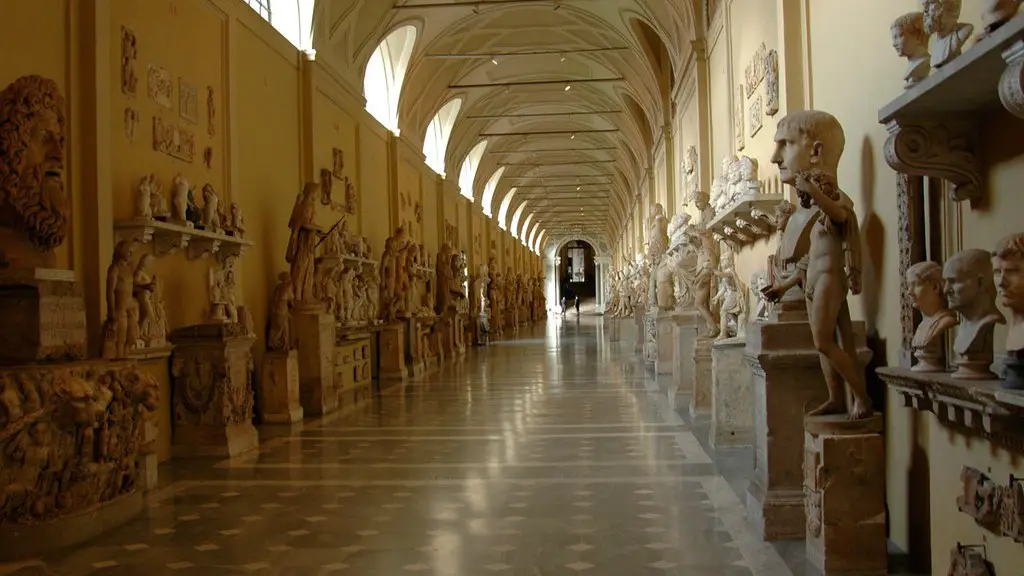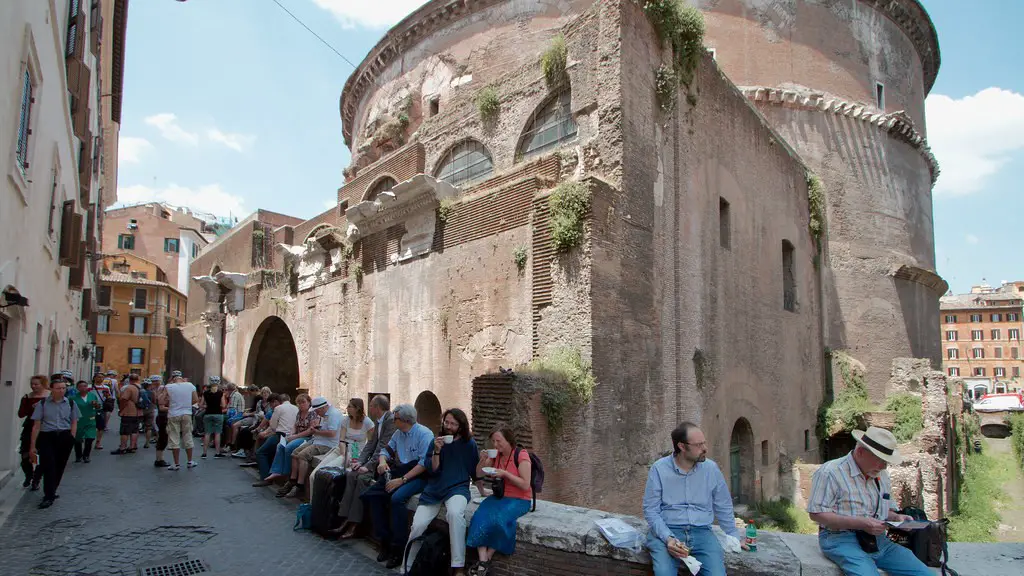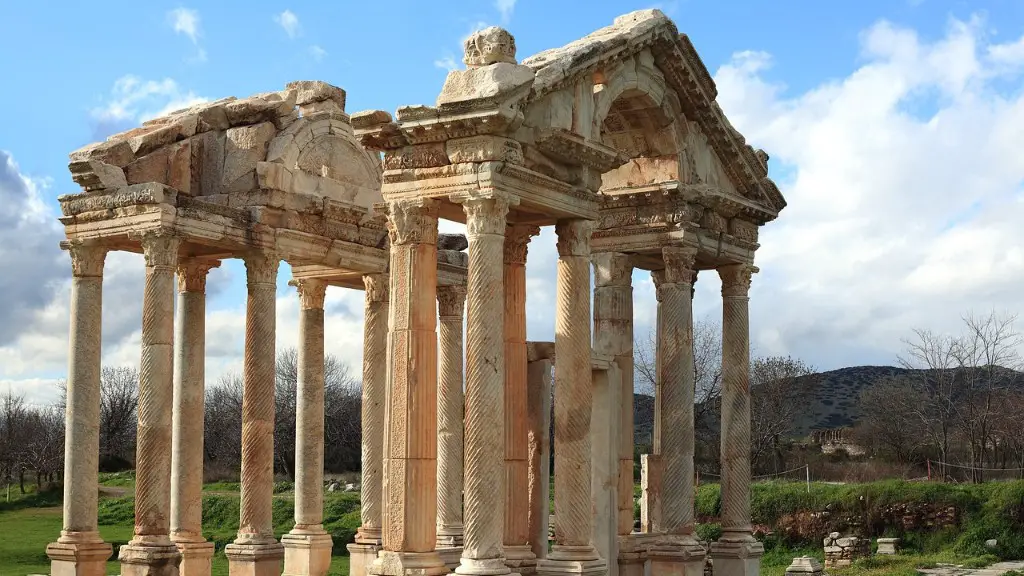Mountain ranges provided the ancient Romans with many benefits, including a place to mine for resources, a natural barrier against invaders, and a source of fresh water.
The ancient Romans were able to benefit from mountain ranges in a number of ways. One way was that they were able to use the mountains as a natural barrier to protect them from invaders. Another way was that the Romans were able to mine the mountains for valuable resources such as gold and silver. Finally, the mountains also provided the Romans with a place to build fortifications and strongholds.
What mountain range were important to ancient Rome?
The Apennine Mountains are a mountain range that runs through the entire length of Italy, from north to south. The Alps form a natural boundary along the northern border of Italy, and the Apennines provide protection for the people of Rome from invaders. The Apennines are not as high as the Alps, but they are still a formidable barrier.
The Apennine Mountains made it difficult for people to cross from one side of the peninsula to the other. These two groups of mountains helped to protect Rome from outside attacks. The seven hills protected Rome. The climate of Rome also helped the people of the city.
How did the hills benefit the people of ancient Rome
The hills surrounding Rome provided protection from both potential human threats, like enemy attacks, and potential natural threats, like flooding. Rome was founded on the banks of a major river and flooding could and did occur, so the hills were a valuable asset in keeping the city safe.
Rome’s location in the center of the Italian peninsula made it a prime target for invasion, but the city’s natural defenses provided some protection. The Alps to the north and the Apennines to the east formed a barrier against would-be conquerors, and the city’s position on the Tiber River made it difficult to besiege. The fertile land around Rome was also a major factor in the city’s growth, as it allowed the population to support itself without having to rely on trade. The diversity of the population was another advantage, as it made Rome a crossroads of culture and ideas.
Was Rome built on mountains?
The Seven Hills of Rome are a group of hills on or about which the ancient city of Rome was built. The original city of Romulus was built upon Palatine Hill (Latin: Mons Palatinus). The other six hills are Aventine Hill, Caelian Hill, Capitoline Hill, Esquiline Hill, Quirinal Hill, and Viminal Hill.
The ancient Romans were masters of engineering and construction. They built aqueducts that carried clean water hundreds of miles to population centers where it was distributed to the homes and businesses of those who could afford it. The aqueducts were an amazing feat of engineering and allowed the Romans to thrive in a way that would not have been possible otherwise.
How did mountains affect life in Italy?
The mountains in Italy have had a huge impact on the life of the people there throughout history. The rugged land has made it difficult for people to cross from one side of the peninsula to the other, and the volcanic mountains have eruptions that can devastate Roman towns.
The fertile soil of the Po and Tiber River Valleys allowed the ancient Romans to grow a diverse selection of crops, including olives and grains. This abundance of food allowed the empire to not only feed its vast population, but also to engage in trade with other societies. The resulting wealth from this trade allowed the empire to further expand its military strength.
How did the seven hills contribute to Rome’s development
The seven hills of Rome were a major contributor to the city’s development. They offered protection from potential enemies, helped unify the city into one community, and provided rich farmland for growing crops. All of these factors helped Rome to become a major center of power and influence.
The seven hills of Rome are:
-Aventine Hill
-Caelian Hill
-Campidoglio
-Esquiline Hill
-Janiculum
-Palatine Hill
-Quirinal Hill
Rome was originally founded on the Palatine Hill, which is the center of the city. The other six hills were later settled and became Rome as well. These seven hills are what mark the ancient boundaries of Rome.
Why were mountains important to Rome?
The Alps and Apennine mountain ranges have been natural barriers that have helped protect Rome from invasions and provided strategic locations during war time. The Alps have provided a roadblock that has forced invaders to move through narrow passages, allowing Romans time to prepare and attack. The Apennine mountain range has also been a strategic location for the Romans during war time.
The Apennines and the Alps were two mountain ranges that helped protect Rome from invasion. The Apennines divided the Italian peninsula in half and allowed the Romans to gather forces for counterattack whenever they were threatened. Any army attempting to attack Rome would be at risk of attack from the other side of the mountains.
What are 3 ways that physical geography affected the rise of Roman civilization
The Roman Empire was built on the backs of its farmers. The soil and the climate in much of the Mediterranean region were ideal for growing olives and grain. This reliable food production allowed the population to grow, and the trade in olives and olive oil helped the Roman economy expand. The success of Roman agriculture allowed the empire to flourish for centuries.
Hill forts were common in prehistoric times, and their naturally defensible position made them ideal for settlements. Rome was built on a hill that was easy to defend, and its location gave the city an advantage in trade and transportation. The hill also had a commanding view of the surrounding area, which would have been useful for military purposes.
Was Rome built on seven mountains?
The Roman Republic was a confederation of villages on the seven hills of Rome. The low-lying ground between them was swampy and malarial. The Roman Empire was founded on the same seven hills. The Capitoline, Palatine, Aventine, Viminal, Quirinal, Esquiline, and the Caelian hills were the original seven hills of Rome.
The Apennine Mountains are a mountain range that runs 1,200 km (750 mi) from northwest to southeast across central Italy. They have a width of 250 km (160 mi). They are named after the Apennines, a mythical mountain chain in ancient Greece.
Warp Up
The ancient Romans benefited from mountain ranges in several ways. First, mountains provided them with a natural barrier to protect them from their enemies. Second, the mountains provided them with a variety of natural resources, such as timber, stone, and minerals. Third, the mountains helped to regulate the climate and provide a more temperate environment for the Romans to live in. Finally, the mountains served as a place of refuge for the Romans in times of war or natural disaster.
The ancient romans benefited from mountain ranges in a number of ways. They were able to use the mountains for resources, such as mining for metals and stone. They were also able to use the mountains for transportation, building roads and bridges across them. The mountains also provided protection from invaders, as it was difficult for enemy armies to cross them.





